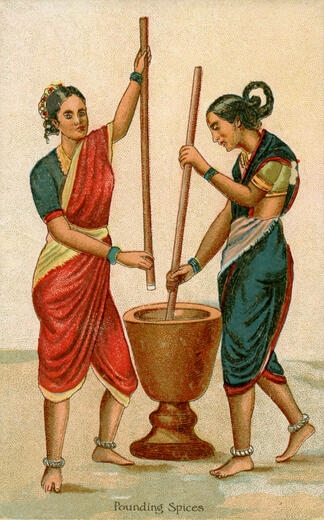History of Indian Species
History of Indian Spices



Spices’ Plant & Their Parts
“Spice” came from the Latin word “species,” meaning specific kind. Therefore, “species” reflects that those plants have been cultivated for their aromatic, fragrant, spicy, or other desirable organoleptic properties. For example, the following parts of plants are used as spices:
Indian Spice usage
India is known as the “ Home of Spices,” as they are appreciated globally for their texture, aroma, and taste. Spices are consumed in small quantities; however, they have a wide range of food process applications, constituting a unique segment within the food sector. Indian spices are used as food appetizers or added substances for several dishes’ preparation. For example, in Indian cuisine, no dinner is prepared without using delicious Indian spices, commonly known as “Masala,” which in the Hindi language means “appetite.”

Nowadays, people and food professionals incessantly search for new and unique spice flavorings and combinations of flavors due to the growing demand for authentic ethnic and cross-cultural cuisines. Consumers also seek natural foods for healthier lifestyles and natural ways of preventing sicknesses. Therefore, besides taste, spices are also being sought for their medicinal value, as antioxidants, and as antimicrobials.
Indian Spices Production & Territory













